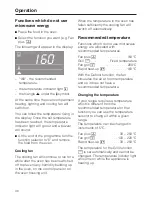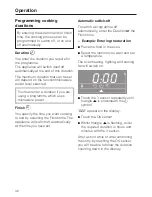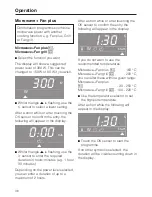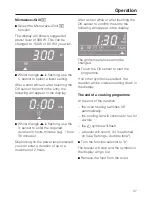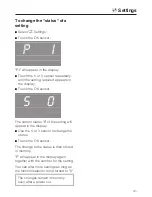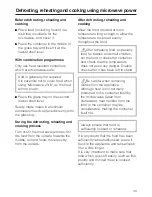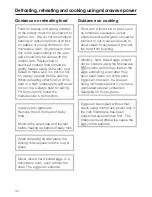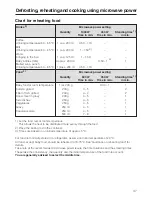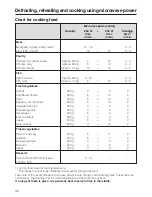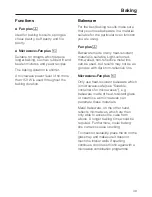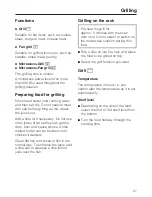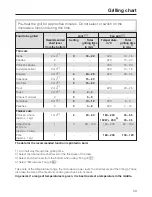
Guidance on reheating food
Food for babies and young children
or the elderly must not be allowed to
get too hot. We do not recommend
heating or reheating foods or drinks
for babies or young children in the
microwave oven. Any decision to do
this is the responsibility of the user,
and should only be done with the
utmost care. Pasteurised or
sterilised cooked food should be
gently heated using 450 watts, and
tasted to make sure it is not too hot
for a baby's palate before serving.
When reheating other food or drink,
heat to a high temperature and allow
to cool to a suitable heat for eating.
For formula milk, follow the
manufacturer's instructions.
Always open glass jars.
Remove the lid from jars of baby
food.
Remove the screw cap and the teat
before heating up bottles of baby milk.
When reheating liquids place the
boiling rod supplied into the cup or
glass.
Never reheat hard boiled eggs in a
microwave oven, even without the
shell. The eggs can explode.
Guidance on cooking
Food with a thick skin or peel, such
as tomatoes, sausages, jacket
potatoes and aubergines, should be
pierced or cut in several places to
allow steam to escape and prevent
the food from bursting.
Similarly, hard-boiled eggs should
not be cooked using the Microwave
_
function as this may lead to the
eggs exploding, even after they
have been taken out of the oven.
Eggs can, however, be cooked
using microwave power if you have
purchased special containers
designed for this purpose.
Eggs can be cooked without their
shells using microwave power only if
the yolk membrane has been
punctured several times first. The
pressure could otherwise cause the
egg yolk to explode.
Defrosting, reheating and cooking using microwave power
44
Summary of Contents for H 5030 BM
Page 74: ...74 ...
Page 75: ...75 ...
Page 76: ...Alteration rights reserved 22 2709 H 5030 BM H 5040 BM M Nr 07 573 080 02 ...

